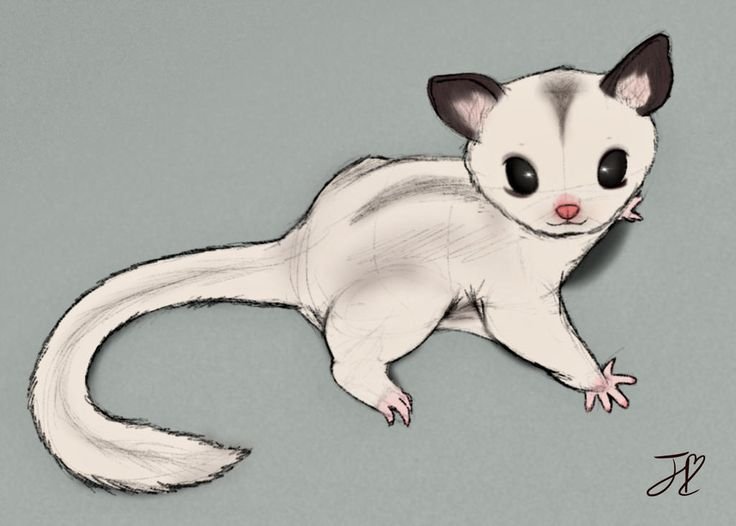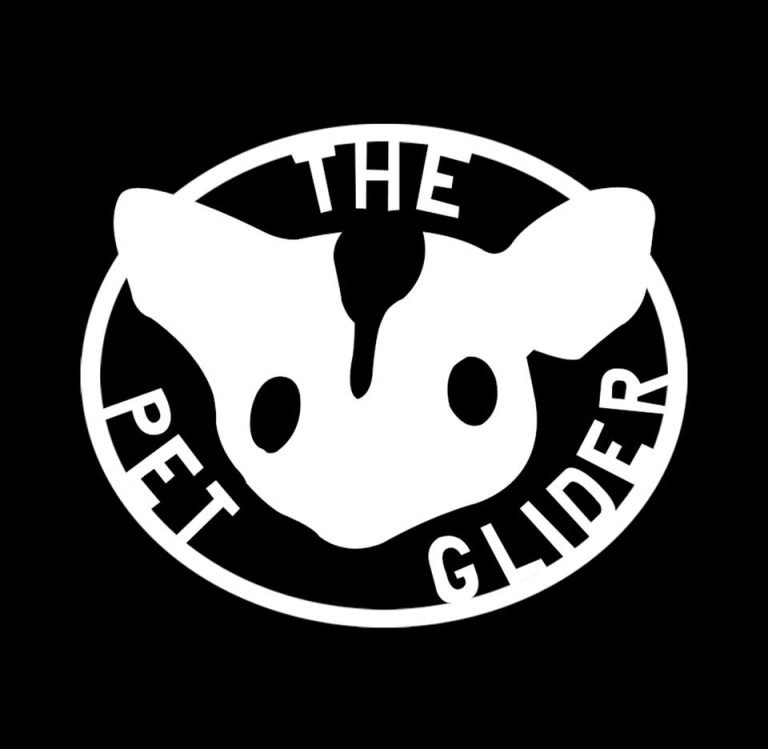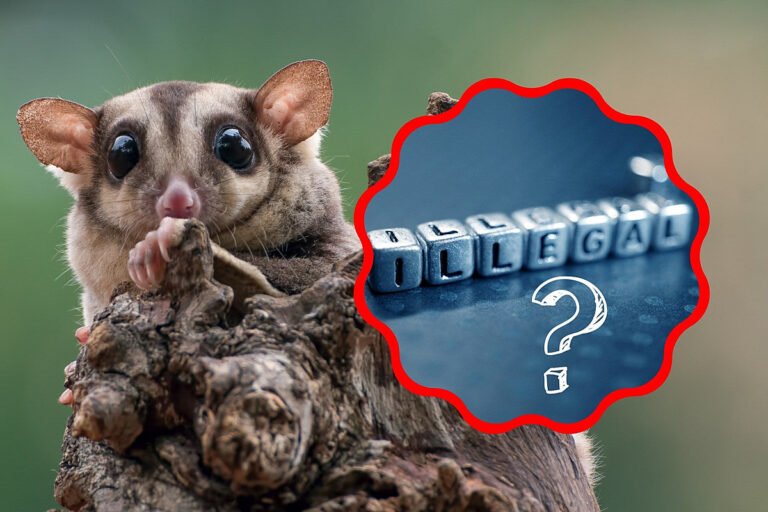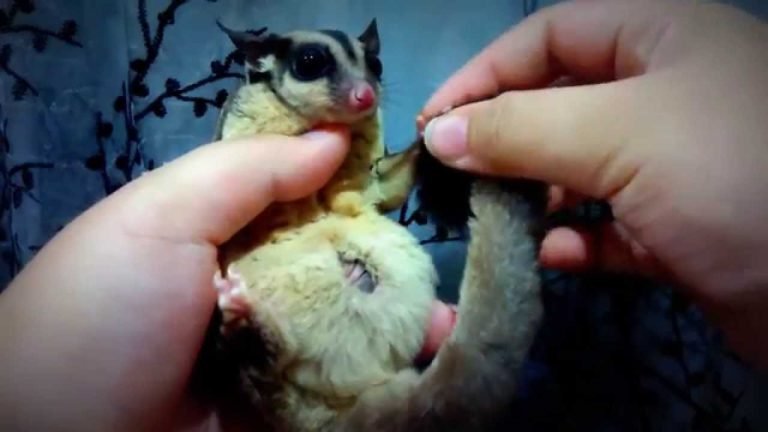How To Draw A Sugar Glider
How to Draw a Sugar Glider
Have you ever wanted to learn how to draw a sugar glider? These adorable creatures are known for their large eyes, fluffy tails, and the ability to glide through the air. Drawing a sugar glider may seem challenging, but with a few simple steps, you can bring these cute little critters to life on paper. In this article, we will explore a step-by-step guide on how to draw a sugar glider, along with some useful tips and tricks to make your drawing process easier.
Materials You Will Need
Before we dive into the drawing process, let’s gather all the materials you will need for this project. Here’s a list of items you should have at hand:
1. Drawing paper: Choose a high-quality paper that is suitable for your preferred drawing medium, whether it’s pencil, pen, or colored pencils.
2. Pencils: Have a range of graphite pencils with different lead hardness, such as HB, 2B, and 4B. These will help you achieve various shading effects.
3. Eraser: You will need a good quality eraser to correct any mistakes or lighten areas of your drawing.
4. Blending tool: A blending tool, such as a blending stump or cotton swab, will create smooth transitions between shades.
5. Reference image: Find a clear, high-resolution photo of a sugar glider to use as a reference while drawing.

Step 1: Basic Shapes
Now that you have all your materials ready, let’s begin the drawing process. Start by sketching the basic shapes that will serve as the foundation for your sugar glider. Begin with a circle for the head and an oval shape for the body. Add a curved line to represent the back and a slightly curved line for the tail.
Step 2: Outlining Features
Once you have the basic shapes in place, start outlining the details of the sugar glider’s face. Draw almond-shaped eyes and add a small dot inside each for the pupils. Sketch a curved line for the snout and a slightly curved line for the mouth.
Next, draw two triangular-shaped ears on top of the head. Add an oval shape at the base of each ear to represent the inside of the ears. Don’t forget to include the tiny hands and feet with their distinct fingers and toes.
Step 3: Shading and Texture
After outlining the features, it’s time to add shading and texture to give your sugar glider drawing depth and dimension. Begin by shading the areas that would naturally appear darker, such as the eyes, ears, and the space between the fingers and toes.
Use a blending tool to blend the shading smoothly into the lighter areas. Pay attention to the direction of the fur and use short, wispy strokes to create a realistic texture.
Step 4: Adding Details
To make your sugar glider drawing truly come to life, it’s essential to add the finer details. This includes adding more fur texture, subtle highlights, and shadows to enhance the three-dimensional effect.
Take your time in this step, observing the reference image carefully and adding details such as the texture of the fur, the glider’s patterns, and any markings or spots. Use a lighter pencil to add highlights and a darker pencil to deepen shadows.
Step 5: Final Touches
Now that you’ve added the details, take a step back and assess your drawing. Make any necessary adjustments or corrections to ensure all the proportions are accurate. Darken some areas, lighten others, and refine any areas that require additional attention. Once you’re satisfied with the result, carefully erase any visible guidelines or smudges.
Frequently Asked Questions
Q: Can I use a different drawing medium, such as colored pencils or markers, instead of graphite pencils?
A: Absolutely! The choice of drawing medium is entirely up to you and your preferred style. Feel free to experiment with different materials and techniques to create a unique sugar glider drawing.
Q: How long does it take to master drawing a sugar glider?
A: Becoming proficient at drawing a sugar glider, or any subject for that matter, takes time and practice. It may take several attempts before you achieve the desired result. Don’t be discouraged if your first drawing doesn’t turn out exactly as expected. Keep practicing, and you’ll improve over time.
Q: Can I draw a sugar glider in a different pose or position?
A: Absolutely! Once you have mastered the basic steps, you can experiment with different poses and positions for your sugar glider. Have fun and let your creativity shine!
Final Thoughts
Drawing a sugar glider can be a rewarding and enjoyable experience. By following these step-by-step instructions and practicing regularly, you’ll soon be able to create realistic and captivating sugar glider drawings. Remember, patience and perseverance are key to honing your artistic skills. So grab your pencils and paper and embark on an exciting artistic adventure as you learn how to draw a sugar glider. Happy drawing!







